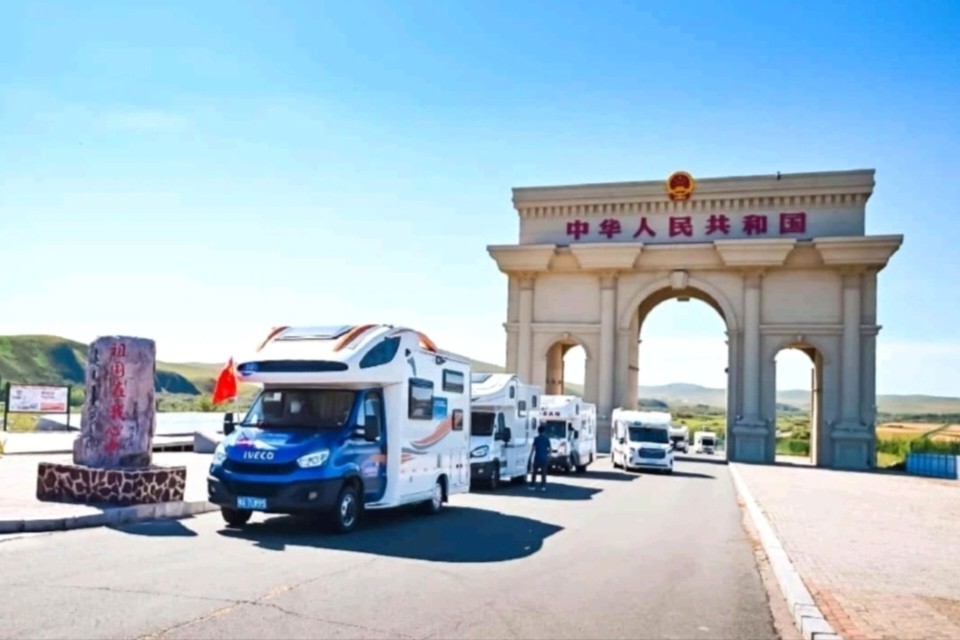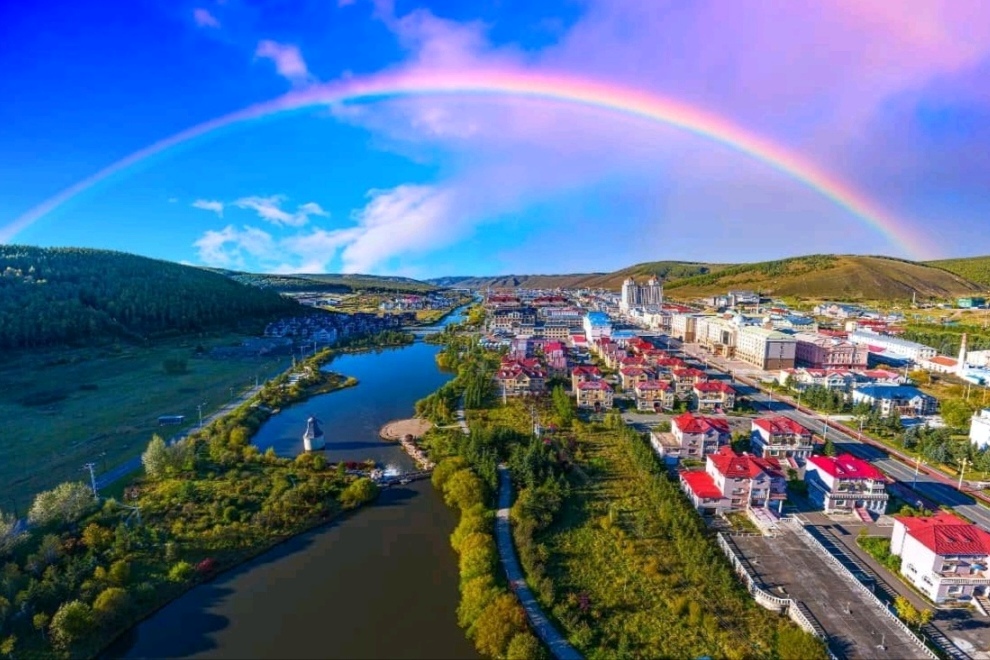Arxan’s green diplomacy on the Mongolian border
With a population barely topping 28,000, Arxan would seem an unlikely player in regional politics. Yet this remote city in Inner Mongolia has reinvented itself from a timber hub into a cross-border showcase for China’s soft power — leveraging eco-tourism, wellness culture, and reforestation diplomacy to deepen ties with neighboring Mongolia.

The transformation began when Beijing’s sweeping natural forest conservation program halted logging, gutting Arxan’s primary industry. Rather than fade into obscurity, the city recast itself as a “healing destination” — selling its volcanic lakes, snow-capped peaks, and geothermal springs as both an antidote to urban stress and a gateway for cross-cultural exchange.
That makeover coincided with China’s push to project a greener image abroad. Located at the junction of China, Mongolia, and Russia, Arxan now functions as a quiet outpost of influence, drawing thousands of Mongolian visitors annually. In an interview with People’s Daily, O Adiya, president of the chamber of commerce in Dornod, Mongolia, called the scenery “absolutely breathtaking” and described Arxan as “an ideal travel destination” for his compatriots.

Behind the leisure branding lies a calculated outreach strategy. The city’s border port — once seasonal — now operates year-round, enabling a steady flow of visitors and commerce. “Every year, many Mongolian tourists enter through the Arxan border port,” said Tang Xin, deputy head of a border inspection team. “September offers peak scenery — when the forests are ablaze with color, like nature’s very own palette.”
Local entrepreneurs have been enlisted in the charm offensive. Tourism operator Fu Lihong has tailored wellness packages to Mongolian tastes, combining hot springs with traditional therapies. “Mongolians value traditional Mongolian medicine, which recognizes the health benefits of thermal springs and medicinal baths,” Fu said.
Perhaps the most telling example of Arxan’s new role is its partnership in Mongolia’s “One Billion Trees” campaign. Saplings from the Greater Khingan Mountains — cold-hardy spruce and larch — are being sent across the steppe along with Chinese technical expertise. “The resilient trees of the Greater Khingan Mountains have become ‘envoys of friendship,’ representing both ecological hope and cultural bonds,” said Xiao Cuiyan, head of Xing’an league’s foreign affairs office.

Such “green diplomacy” dovetails neatly with China’s regional vision: economic engagement wrapped in environmental stewardship. Cultural festivals, sports tournaments, and joint performances further weave together the social fabric across the border. As Xiao put it, “China, Russia, and Mongolia are close neighbors connected by mountains and rivers. We share a common future and long-standing friendships.”
For Arxan, the transformation from logging hub to eco-tourism and diplomacy showcase is more than an economic pivot — it is a calculated repositioning, using nature not just to attract visitors, but to plant seeds of influence far beyond its borders.



0 Comment